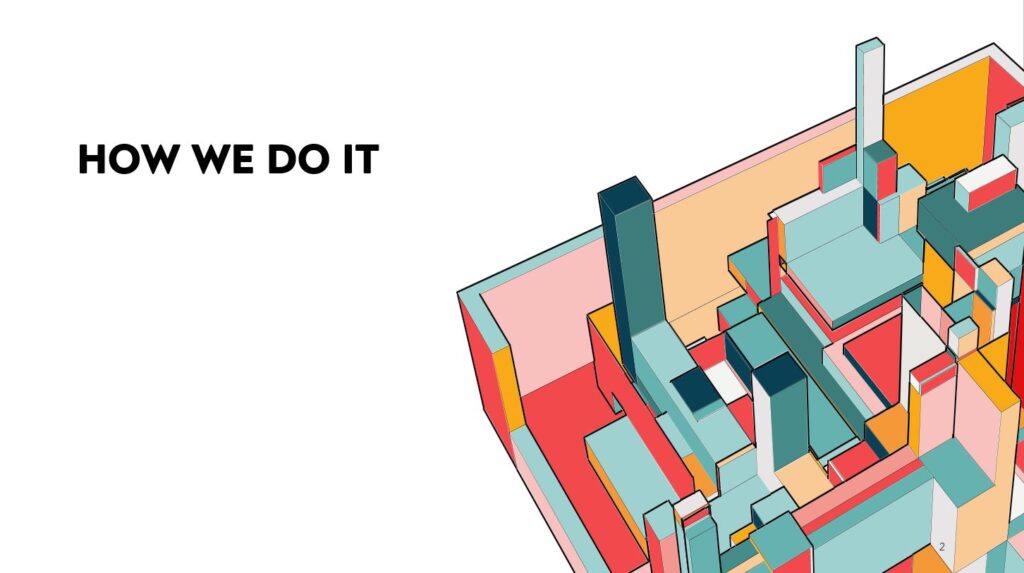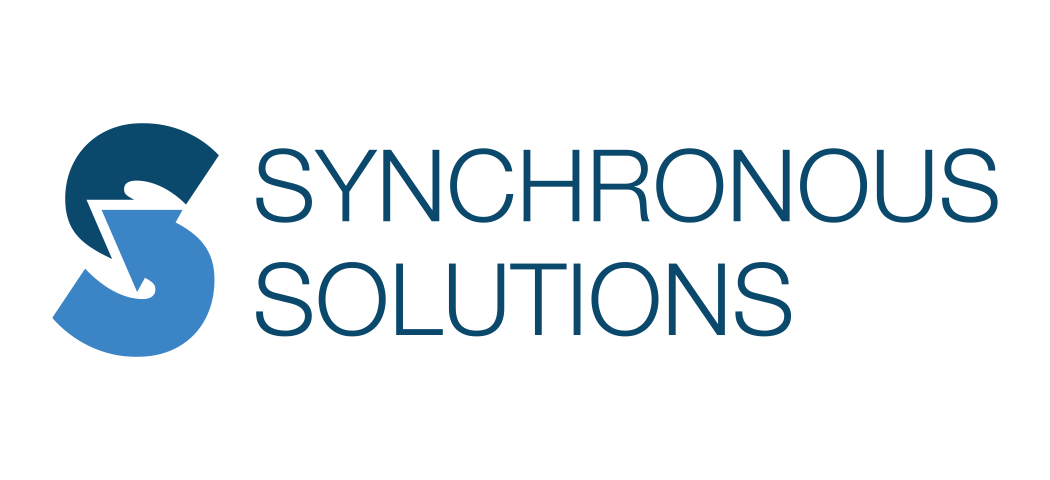
The Continuous Pursuit of Excellence
Synchronous Flow is a process engineering approach to operations management. Every business is a system and every system always has at least one constraint. It is better to manage the constraints than allow them to create chaos in the business.
Goals we always seek in a Synchronous Flow implementation are:
- Improved EBITDA and net profit
- Reduced process cycle times
- Enhanced stability and control of business operations
Synchronous Flow is an overall business operations system that brings control and stability to an otherwise chaotic process. It is a professional approach to business management. It is particularly well suited for the custom fabrication industries because it provides a system to deal with the variety of events that can occur every day. It is ideal for the business that has grown to the point that it must adapt an overall management and control system for the company to continue its growth. It is particularly well suited for a rapidly growing business.
Fundamentally, Synchronous Flow coordinates all the activities of the business flow process to one strategically selected step called the Control Point. This point is scheduled daily to a predetermined level using a metric called Throughput ($T). Throughput is the measure of value added by the company, expressed in dollars. The amount of Throughput scheduled is predetermined according to the financial goals of the company. All other functions of the business process have visibility of the Control Point schedule and their activities are directed to fill the needs of that schedule.
Planning for a rolling twelve months is accomplished using the Protective Capacity Planner. This tool coordinates the three most important elements of a business plan: the market demand, the internal capacity to meet that demand and the financial goals of the company. Any number of business scenarios can be analyzed and the necessary resources to meet the market demand for each can be calculated. This report also establishes the Throughput goals for the coming months for use in scheduling the business system.
The approach to scheduling is adapted using Throughput as the primary metric. Scheduling this amount, which is indicated from the Protective Capacity Planner, and tracking the business system daily to assure that this amount is actually completed, will assure that the financial goals of the company can be met. A customized Throughput Tracking Report is developed to provide daily feedback on production performance and lead time goals. To protect the schedule, several buffer zones are established within the business process flow. These buffer zones are managed daily by the operations staff. The Throughput Tracking Report and the Buffer Management process are tailored to apply specifically to the specific company’s business approach.
Several regular business analysis tools are established to identify the primary causes of issues occurring anywhere in the operations process from the invitation to bid, through fabrication and installation of the finished products; as well as the invoicing and collection of payments. These analysis tools are designed to identify the most important issues to be addressed by the company toward continuous improvement of business operations. The process to address these identified issues are rooted in the Synchronous Flow methodologies.
Principles of Synchronous Flow
- Finite Capacity Scheduling Finitely schedule the Control Point to the amount of $T determined necessary to meet the market demand and to satisfy the financial goals of the company. “Level-load” each day to within 10% of the desired $T in each value stream.
- Buffer Management Maintain and manage the Control Point Buffer. It is critical to the flow concept that Scheduling always be able to “pick and choose” the right mix of jobs from an established Buffer. Maintaining and managing the Buffer should be a top priority for the shop.
- Coordinated Release Issue (release) new jobs into the system based on the signal from the Tracking Report. This will keep you at the desired level of WIP necessary to maintain the cycle time goals.
- Protective Capacity Maintain and manage the necessary levels of Protective Capacity at all non-constraint functions. This information comes from the Protective Capacity Planner, which should always be kept up to date.
- Buffer Management Hold Buffer Management meetings at least one time per shift identifying all the issues that have the potential of affecting the performance at the Control Point. Responsibility assignments should be made for each issue identified. Follow-up, to assure complete accountability, should be accomplished at the next Buffer Management meeting.
- Octane The relative value of the process entity per hour of time at the Control Point is expressed as Octane. This daily report will reveal the true contribution to the organization from each product, customer, market segment, and many other selected metrics. It will also indicate the costliest issues that affect the performance of the organization at the Control Point.
Synchronous Flow is a logical and systematic structure for business management. If you want to learn more please reach out.

